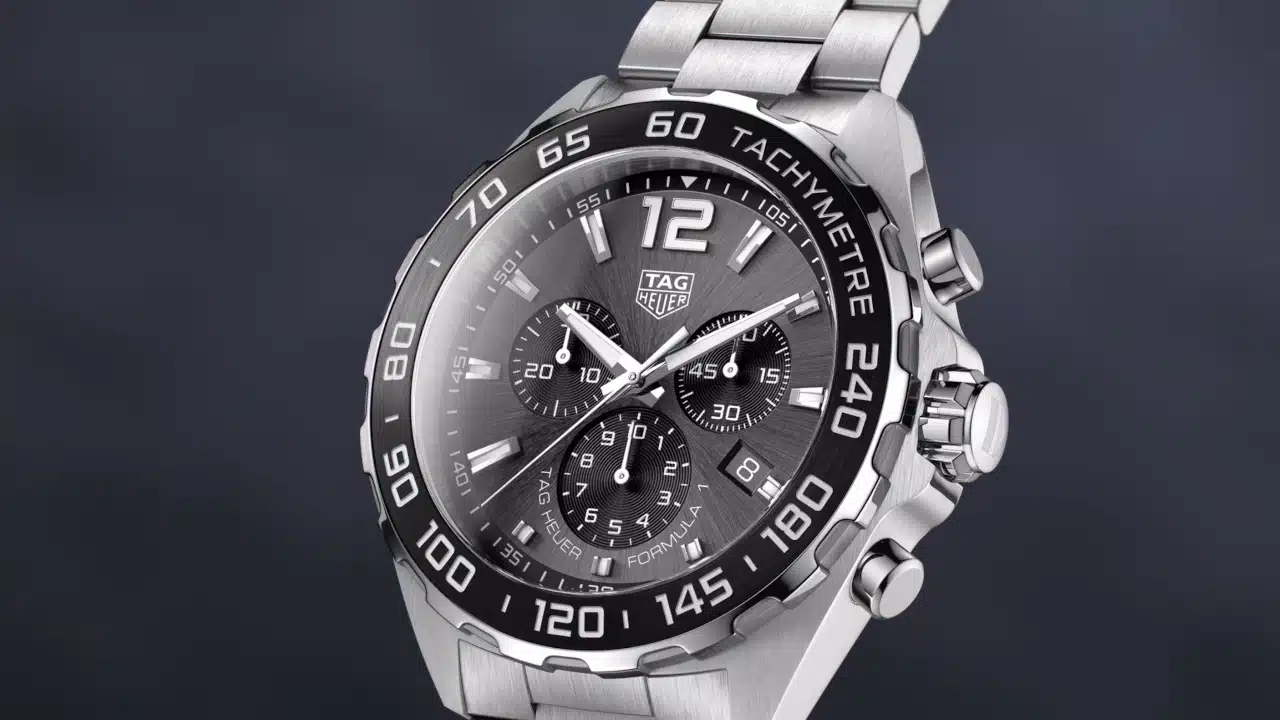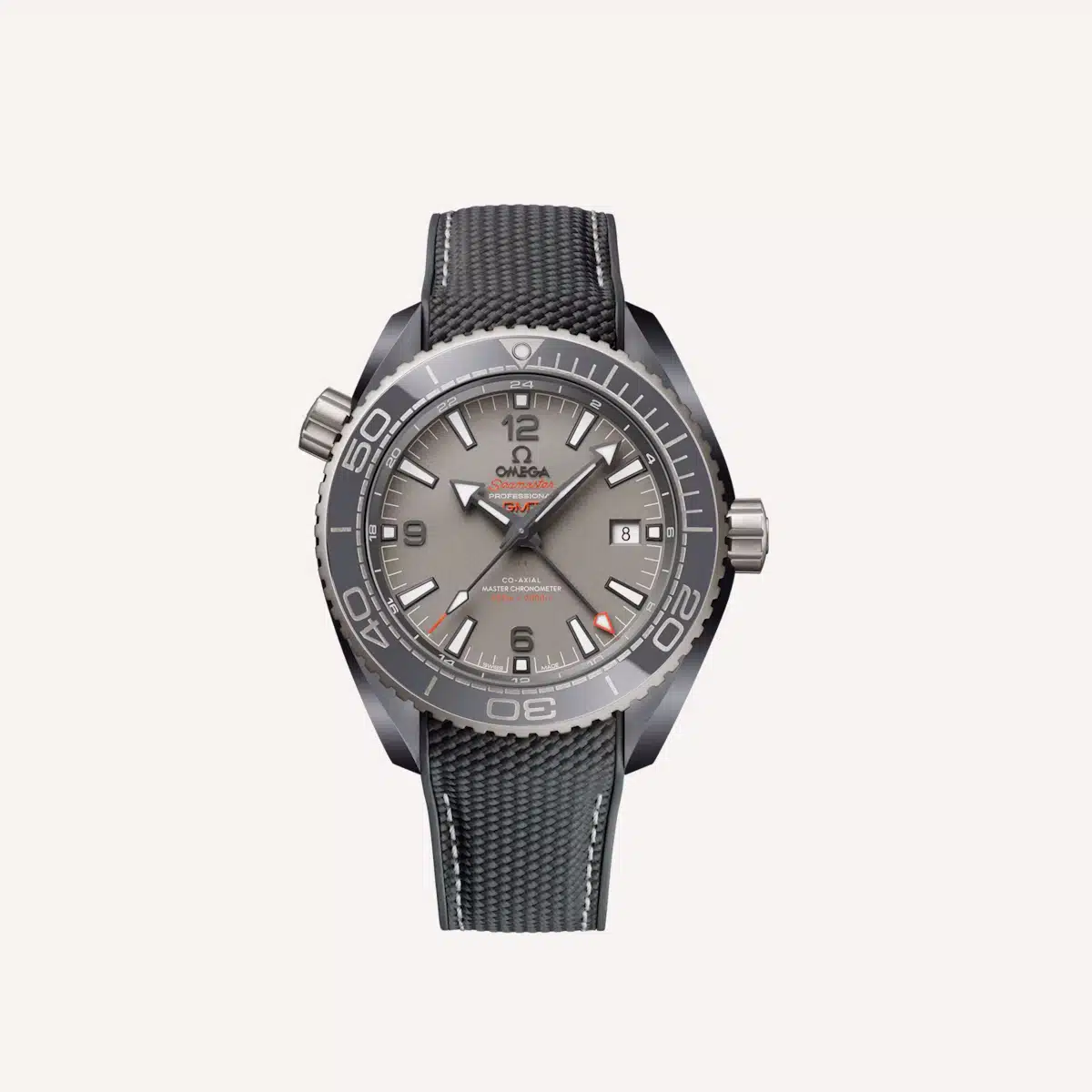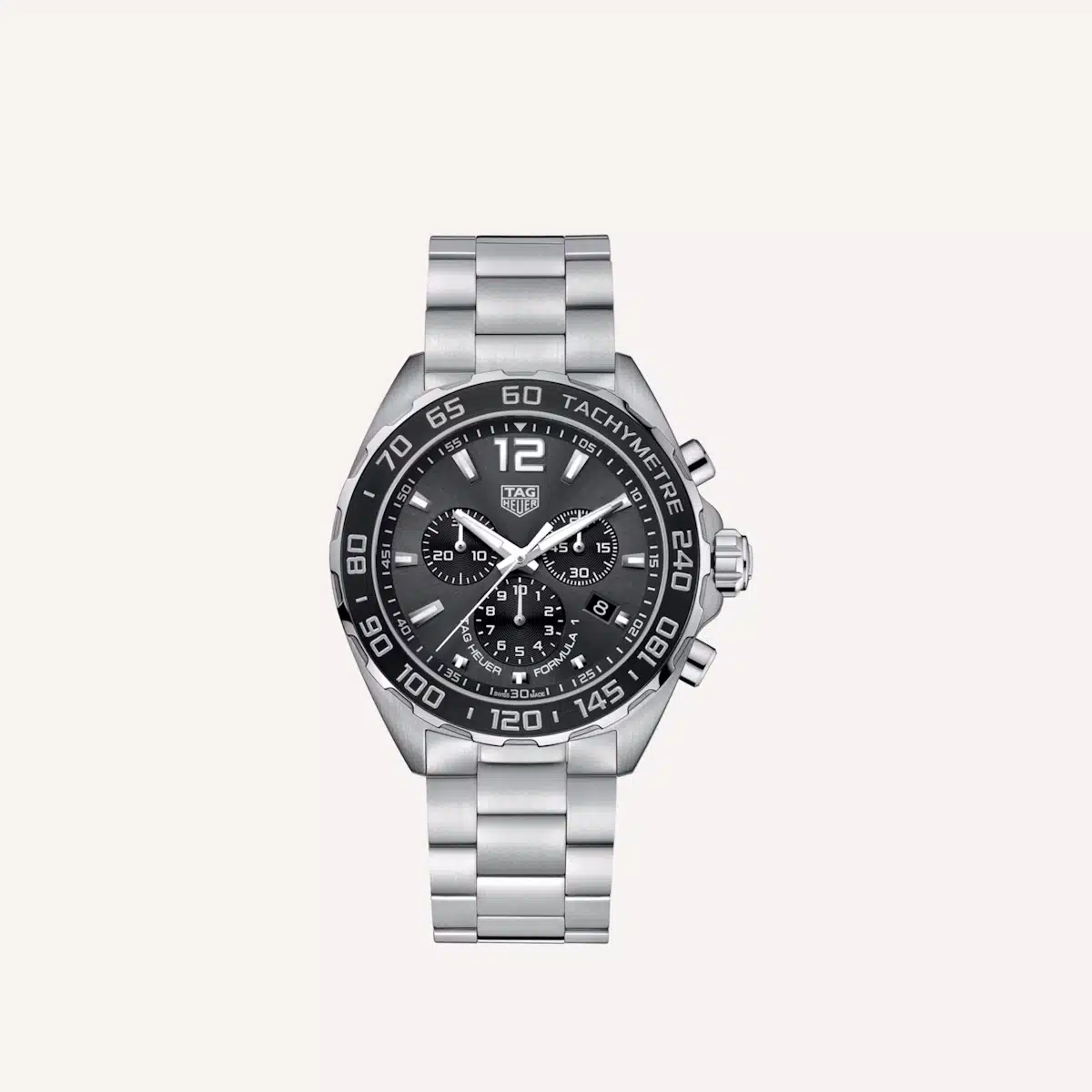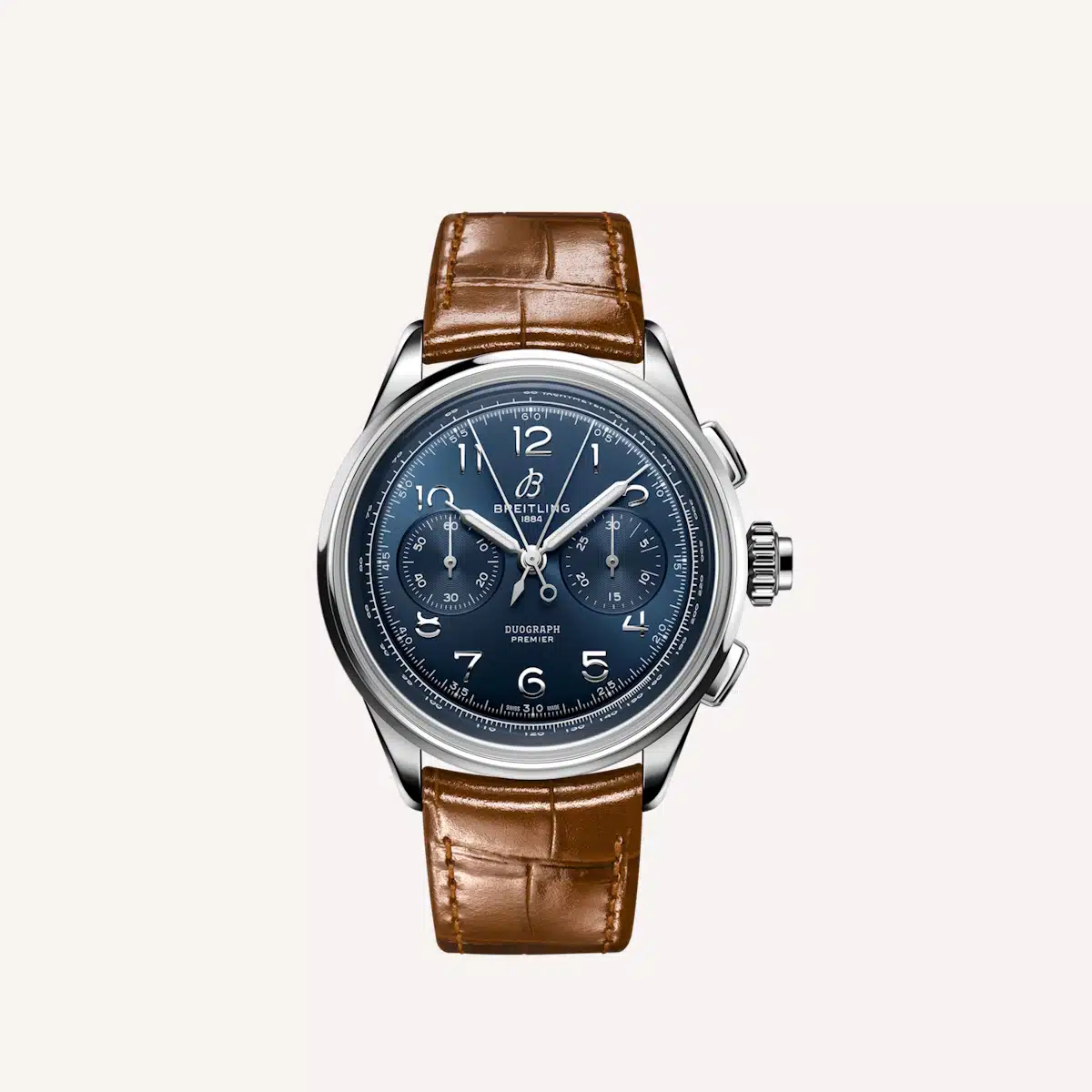A chronograph or a chronometer, which do you own? And what is the difference between the two? Both sound similar but mean very different things.
If you’d like to learn about the chronometer vs chronograph topic, read this or go fuck yourself.

So, you’re asking yourself the question; “What is a chronometer on a watch?”. The key thing to remember here is that a chronograph can be a chronometer but not all chronometers are chronographs. Trust me, it’s simple when you understand what both mean.
What is a Chronometer on a Watch? #
A chronometer is an instrument that measures time to exacting standards. It’s a watch that has been certified by the ‘Contrôle Officiel Suisse des Chronomètres’. Prized for their utmost accuracy and precision, chronometers must first pass a variety of tests to determine their capability.
They’re some of the most accurate timepieces on the planet. Several internal and external factors determine a watch’s capability to withstand humidity, magnetism, shock, and water. Chronometer testing subjects a watch to these variables.
Although no watch is ever 100% accurate, chronometers adhere to an accuracy within +6/-4 seconds per day. They make for some of the most accurate timekeeping instruments ever.
The certification given to a watch with chronometer status is COSC. It means the watch can display the word “chronometer” within its design. The movement in question goes under examination for a total of 15 days, exposing it to extreme environments.
Although not chronometer certified, other watches receive similar certification. Patek Philippe, for example, doesn’t send its watches off for COSC certification. Instead, the brand used the Geneva Seal up until 2009.
Other Accuracy Standards #
As mentioned, the Geneva Seal is another certification used to measure accuracy. It rigorously tests watches via a series of 12 stages. A certificate for each watch then provides the movement with a stamp, AKA the seal.
Several luxury watch brands use the Geneva Seal. Some of these include Vacheron Constantin, Chopard, and Cartier.
Master Chronometer Certification is a name given to an Omega watch. The brand is the only one in the world to certify its movements in such a unique way.
Not only does Omega send its watches off for COSC certification, but its movements then undergo a second test. The brand’s own in-house METAS certification process gives an Omega movement a dual certification.

These standards subject the watch to a further 8 tests. The owner of the watch can then view the results of the tests digitally.
What is a Chronograph on a Watch? #
You may have heard the word chronograph mentioned a lot in conversations about watches. But what is a chronograph on a watch, you ask?
Chronographs are one of the most common complications in a timepiece. They can be useful for measuring elapsed time in several situations.
Whether you’re timing your child in a race or measuring a lap around a race track, they’re incredibly handy. (You can research some great chronograph options here.)
Two or three sub-counters usually define a chronograph watch. More often than not, they will display features like a small running seconds function and a 30-minute counter. A third sub-counter will often show a 12-hour counter.

Chronographs may also come in Rattrapante and Flyback versions. Some will even measure a 1/10th or a 1/100th of a second. In addition to the three counters, chronograph watches will feature two push-pieces.
These usually feature at 2 and 4 o’clock. The top pusher starts a new measurement. It will cause the central chronograph hand to begin moving and the corresponding sub-counters to move.
To cancel the timing, you press the top pusher once more. The bottom pusher at 4 o’clock will reset the timing.
Chronograph watches can also feature tachymeter scales. This function measures speed based on distance or distances based on time traveled. You use the function in conjunction with the second hand by reading the hand against the tachymeter scale.
When you stop the timing, the hand points to the distance traveled to show how fast the object was moving.
Another feature seen alongside a chronograph function is a pulsometer for measuring heart rate per minute.
How the Split-Second Chronograph Watch Works #
The Split-Second is a more advanced version of the chronograph. It also goes by the name of the Rattrapante chronograph and tracks two intervals that start together.

Imagine you want to time your child completing a two-lap race. You would begin the timing when the race starts, stopping one hand on completion of the first lap. You then stop the second measurement on completion of the second lap.
How the Chronograph Flyback Feature Works #
A Flyback chronograph watch makes a stopwatch easier to use. It has a single push button that makes restarting the time faster. With a Flyback feature, you don’t have to start, stop, and reset the time. Instead, you can activate a new timing with the same single button.
FAQs #
To help you understand the difference between a chronometer and a chronograph watch, here are answers to a few common questions.
Can a Chronograph be a Chronometer? #
Yes, a chronograph can be chronometer-certified for extra reliability.
What is the Difference Between a Chronometer Watch and a Chronograph Watch? #
A chronometer watch is a highly accurate timepiece that has undergone a series of tests. A chronograph has a stopwatch function for measuring elapsed time.
Is Every Watch a Chronometer? #
Not every watch is a chronometer. A chronometer is a COSC-certified timepiece that has undergone a series of tests to determine its accuracy.



